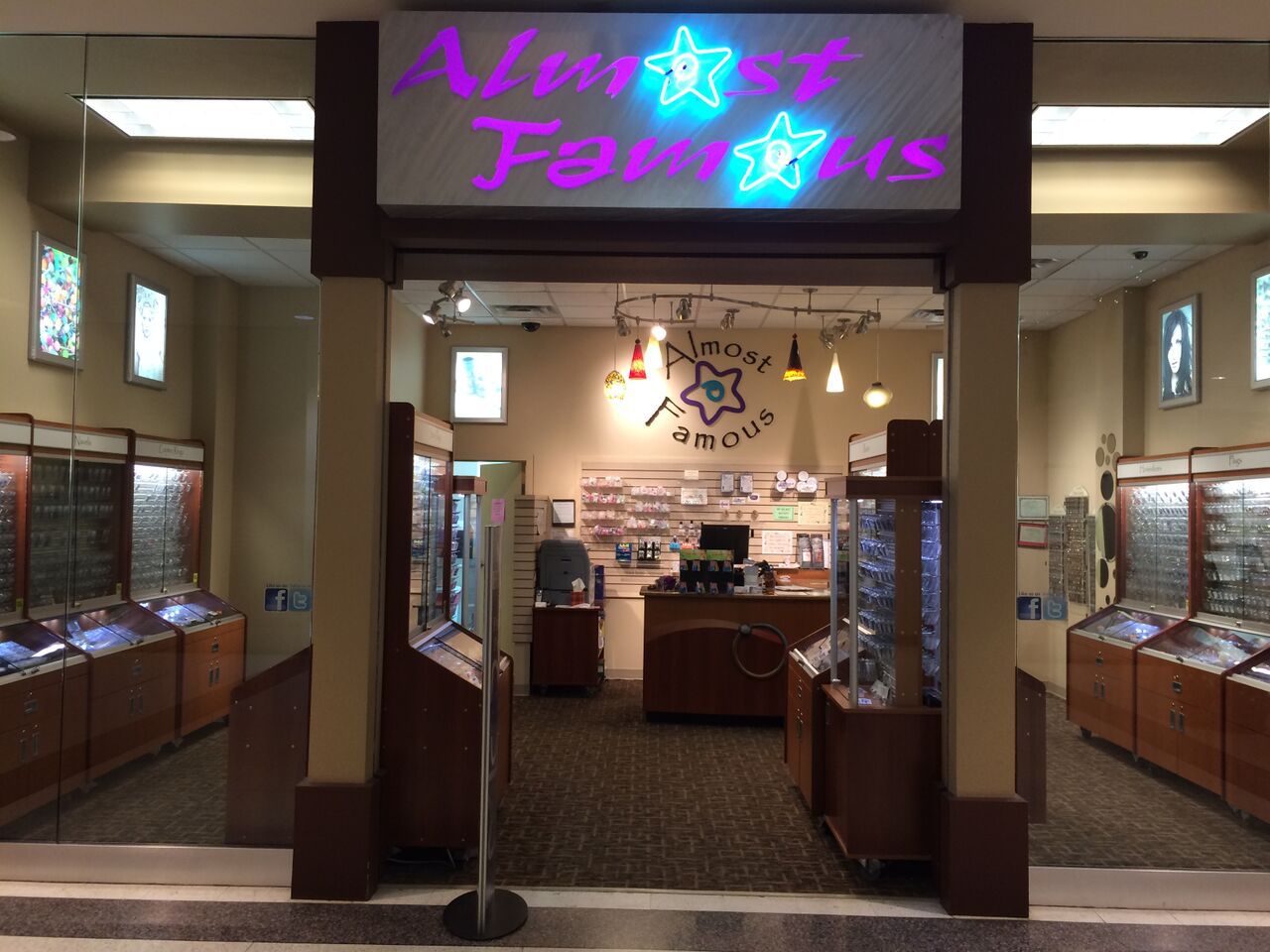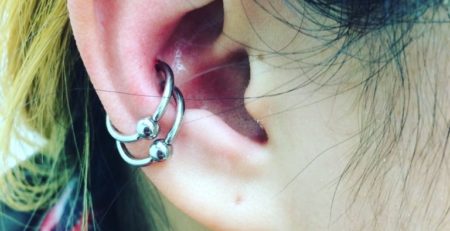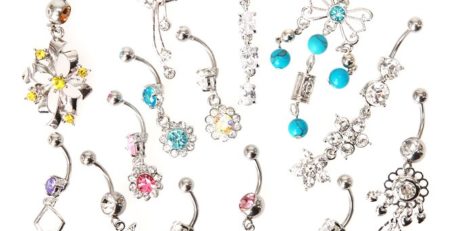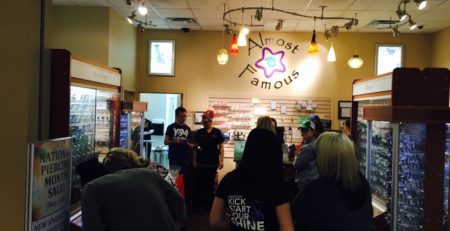Piercing Myths
Almost Famous Body Piercing was incorporated in 2005, and since then, we have heard many piercing myths and a lot of false information that gets passed along by word of mouth and even more so on the internet. We correct these fabrications by doing extensive training with our new piercers and using our blog to reach our customers.
If you ever hear information pertaining to piercings and you are left wanting to know if it’s true or false, we are always available for questions. You call any of our store locations, reach out to us through social media, or email us at [email protected].
A few of the most common myths:
Infections Are Incredibly Common
This is a myth and the one that we hear most often by far. A body piercing is a wound and like any other wound, it takes a bit of care and some time to heal. With any new piercing, you will see some signs of healing such as redness, swelling, and drainage at the piercing site that is clear, white, or yellow in color. These are all completely normal and to be expected with any kind of wound. Infection signs can include: your piercing hurts worse than it did when you got it pierced, it’s draining a green-ish color/blood, or it’s hot to the touch. If you notice these symptoms, a trip to the doctor is suggested and a round of antibiotics usually follows that. As long as you are taking care of your piercing with aftercare, washing your hands well before touching your piercing or jewelry, and getting pierced at a reputable shop that practices clean and sterilization techniques, your chances for infection are actually quite low.
Rejection of a Piercing is Imminent
People sometimes shy away from dermals and surface piercings because they believe these piercings have a higher chance of rejection. Rejection is very real and very possible for any piercing, but that doesn’t mean that it’s going to happen to you. The first thing to consider is getting a surface piercing in an area where it won’t get caught easily, brushed by hands or clothing, or where the skin is very mobile (for example, in some areas around the eye). It’s also very important to be vigilant with your aftercare routine after getting a new surface or dermal piercing. Rejection is when the body sees the piercing as the foreign object that it is and tries to push it outward like it would a sliver. Doing aftercare helps the body heal the piercing more quickly and effectively.
You Can’t Breastfeed if You Have Your Nipples Pierced
You can breastfeed if you have your nipples pierced! It is highly recommended that you remove your jewelry before breastfeeding because if the beads were to twist off, they could pose a choking hazard to your baby. It is suggested that your piercings are fully healed by the time you breastfeed which typically isn’t an issue since you can’t get pierced when pregnant. If they are not fully healed, though, it is a possibility that they could close. Make sure that you always touch your piercings and jewelry with clean hands. When you take your jewelry out to breastfeed, you can put the pieces into a salt water solution rather than setting them on a contaminated surface. Doing these two things can drastically lower your chances for infection which is of utmost importance when breastfeeding.
I Can Be Paralyzed From Receiving a Body Piercing
This piercing myth is definitely that, a myth. Piercings, for the most part, are at the surface of the skin. They are not deep enough to do any real damage such as paralyzing any part of your body. We typically hear this myth associated with eyebrow piercings, cartilage, and ‘Snake Eyes’ piercings.
Jewelry and Needles Can be Sterilized by Burning Them or Using Alcohol
Another false statement. Reputable body piercing shops would never use either of these methods for cleaning tools or jewelry used for initial piercings. All jewelry and needles actually go through a very extensive multi-part process. They first sit in a solution where they are disinfected, they do their time in an ultrasonic, and then are finally sterilized in an autoclave. To ensure that the tools being used to pierce you are sterile, ask your piercer to see the sterilizer pouches. You can also ask to see the shops spore test results. We also get plenty of people that just simply ask to see our autoclave and ultrasonic. There are no dumb questions when it comes to your health and safety, so we welcome your curiosity.
These are some of the most common piercing myths and many more come about each day. We at Almost Famous Body Piercing have plenty of experience and go through the training process that we do so we can answer any and all questions pertaining to piercing, whether they are fact or fiction.











